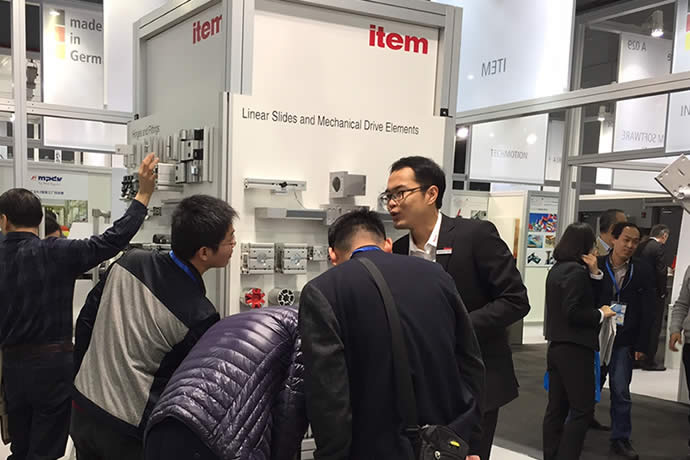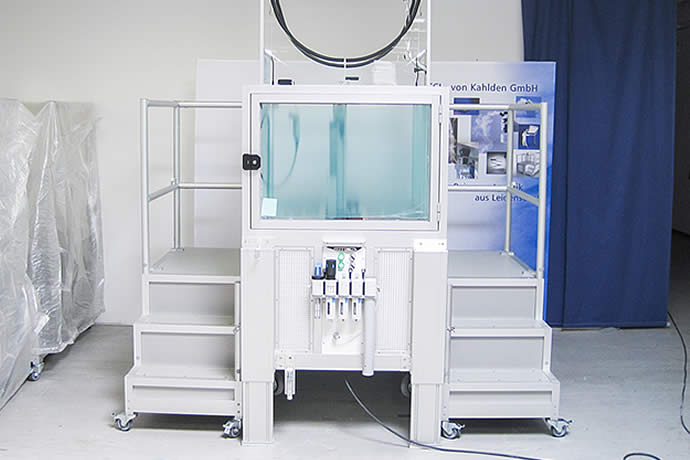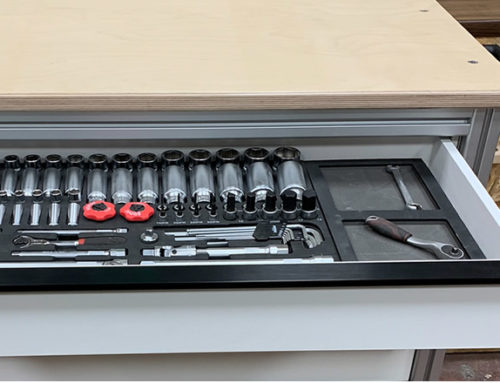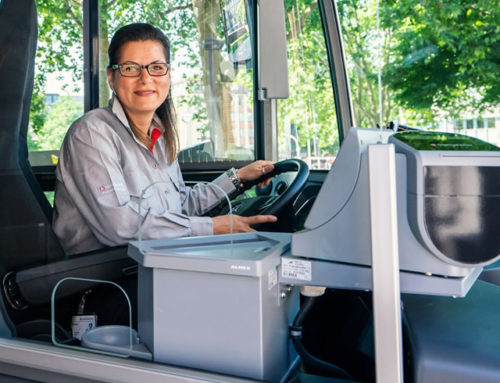Electric cars are increasingly becoming an everyday, environmentally friendly solution for mobility in the future.
With each new generation of vehicle, engineers are not only extending the driving range, but also seizing the opportunity to test out networked driver assistance and safety systems. However, there are comparatively few drivers who benefit from this progress in their everyday lives. The reason for that is simple – electric cars are expensive.
That is why Brazilian-born engineer Paulo Camasmie, who lives in the USA, has been enthusiastically working on developing his very own model of vehicle. He believes it is unethical that not all cars today come with state-of-the-art safety technology, such as collision warning systems, and that effective protection is therefore reserved for the wealthy. Fundamentally, there isn’t actually anything new about the Atticus robotic car – and that is precisely what makes it so innovative. The vehicle could be compared to the development of the iPhone – it uses existing technology and optimises it.
More than autonomous driving
It is the best kind of impassioned side project. Paulo has been running a successful trike company called Catrike for 16 years and is therefore not financially dependent on his electric car project. In his free time, he can tinker away in his garage to his heart’s content and without any pressure. To build the vehicle’s frame, he has opted for our MB Building Kit System and Profile Tube System D30. He came across both while carrying out research at a trade fair. In fact, our profile technology made such a lasting impression on him that he now uses it, not just for the Atticus robotic car, but for building new trikes, too. He is particularly fond of the modular character of the item portfolio and has as yet never come across a situation where something won’t fit.
Paulo doesn’t think much of semi-autonomous electric cars, where human drivers still need to intervene when things get difficult. Instead, he focuses on the driving experience, when human drivers are in full control and state-of-the-art technology protects vehicle occupants. Thanks to its modular design, the Atticus robotic car can easily be fitted with new safety systems such as V2V (vehicle-to-vehicle, when cars communicate with each other) and V2I (vehicle-to-infrastructure, when signals from traffic lights are forwarded).
Safety should not be an exclusive privilege
Although Atticus is still just a prototype without an outer shell or safety aids, Paulo has one set goal in mind. He wants his vehicle to open up the electric car concept for the mass market and ensure that maximum safety on the roads is not an option reserved for buyers with fat wallets. If everything goes to plan, and the necessary partners can be found, he should finally get there by 2020. A deeply personal experience lies at the root of Paulo’s worthy vision – his sister Simone was involved in a traffic accident in Brazil in 1984 and spent a month in a coma.
But where does the name “Atticus” actually come from? Well, the innovative vehicle has Paulo’s daughter to thank for that, as the name comes from Harper Lee’s all-time classic “To Kill a Mockingbird” (1960), which she was reading at school. In the book, which is set in the 1930s, Atticus Finch is a courageous lawyer in the southern United States who defends an innocent black man. The character quickly became a symbolic figure for ethical behaviour and progressiveness. Paulo’s daughter was reminded of her father and immediately recommended the inspirational book to him. Naturally, he was very moved that his daughter saw him in such a positive light and thus he had the perfect name for his car.
Do you want to stay up to date on the latest, innovative ways that item products can be used? It couldn’t be easier – simply subscribe to the item blog by completing the box at the top right!









